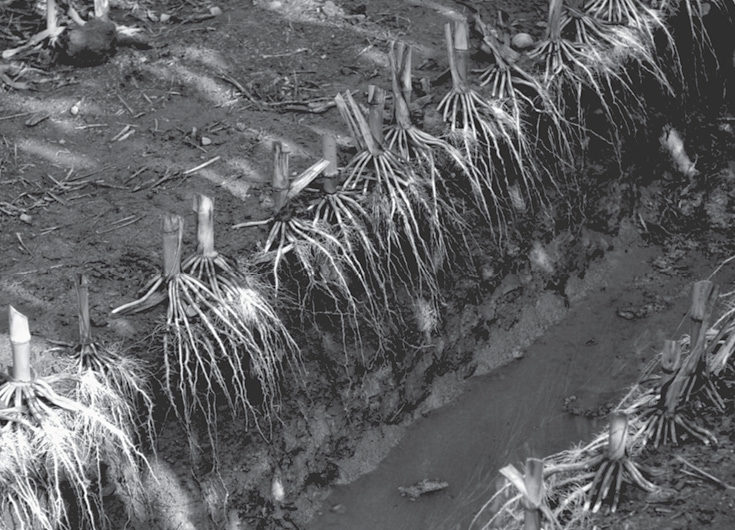No-Till Farmer
Get full access NOW to the most comprehensive, powerful and easy-to-use online resource for no-tillage practices. Just one good idea will pay for your subscription hundreds of times over.

Galynn Beer's family has been successfully no-tilling for 20 years in western Oklahoma. “We were flood irrigating when we got started, and if you want a few challenges and obstacles, try no-tilling in flood irrigation,” says the director of sales operations with Agro-Culture Liquid Fertilizers in Guymon, Okla.
“Not only do you have to no-till through the residue, but you’re also trying to figure out how to irrigate through the trash after you get the planting done. The family solved some of these concerns by switching to using center irrigation pivots with both no-till and zone-till.”
Beer says family members quickly recognized that managing plant nutrition was as tricky as trying to figure out how to irrigate through no-till residue.
“When we went to no-till, nutrient management was one of the biggest obstacles we faced,” he says. “It’s important to have a healthy root system with no-till, and you have to recognize that it may take different fertilizers and placements to find the combination that gives the best root system in the long run.”
Beer says it was especially difficult to recognize the importance of secondary micronutrients with no-till in Oklahoma. “As you move into no-till, make sure that you get the full range of needed nutrients,” he says. “Each field’s no-till yield is going to be determined by its most limiting factor, and you have to determine what that is.”
He urges growers to start by determining the most limiting yield factor in their lowest-producing areas…